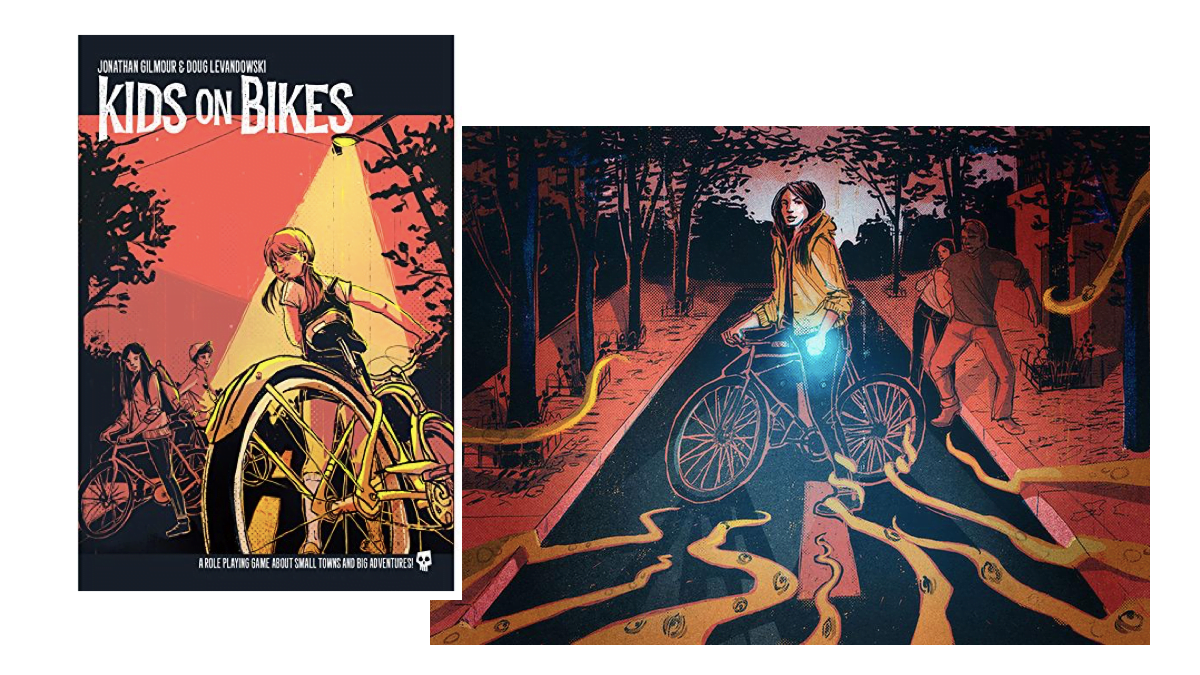

Photo: Rubiks.com
Here’s a geek history parallel for you: Hungarian inventor Ernő Rubik’s “Magic Cube” first hit Budapest toy shop shelves in 1977 — the year Star Wars was released.
Three years later — around the same time The Empire Strikes Back debuted — the re-branded Rubik’s Cube started its U.S. invasion via the Ideal Toy Corporation, which means it’s celebrating its 30th birthday this month, too. (Throw in Pac-Man, and May 1980 just about nails a perfect geek trifecta, no?)
While quickly becoming a full-on pop culture rage and earning Toy of the Year honors, though, the Rubik’s Cube also served as a sort of geek marker that other icons of the time didn’t. I was in elementary school at the time, and as the toy’s popularity increased, a social subset was formed: There were kids who had Rubik’s Cubes, and kids to whom others brought Rubik’s Cubes for solving.
While I’m a fan of the Rubik’s Cube, I’ll admit that my cubing skills probably peaked in fifth grade. I was tough to beat in the races we’d have on the school bus to “solve” specific colors, and if I could stumble my way into getting the eight corners in position, the solution was a given. (For a brief period, my friend Mike and I were a formidable tag-team duo: He could get the corners in position, and then I’d take over, blazing through the rest thanks to the moves I had memorized from a flimsy solution book.)
For other like-minded kids, the Rubik’s Cube also provided a nice hands-on lesson in the old-fashioned “Let’s take it apart and see how it works and whether we can put it back together” department. (Bonus points if you did this and then used petroleum jelly to speed up your cube for competitive reasons.)
While the classic 3 x 3 x 3 Rubik’s Cube itself might not be as insanely ubiquitous as it was 30 years ago, its legacy and status in geekdom are undeniable, as witnessed by everything from last year’s Rubik’s 360 launch to an iPhone cube-solving app to this Lego/Motorola Droid cube-solving robot and these instructions on making your own Weighted Companion Cube edition.
At Rubiks.com, Ernő Rubik describes the appeal in terms that read like advice from a geek textbook: “It’s simple but it’s complex; it’s stable but it’s flexible; it’s easy to understand but it takes dedication and patience to work it out.” And, he notes, “Each decade or so, a new generation of Cube fans emerges, pushing the boundaries of the cubing and creating never-ending challenges.”
Nothing puzzling about it.

